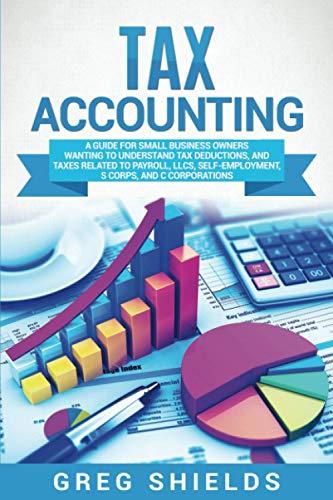On January 1, 2015, Marshall Company acquired 100 percent of the outstanding common stock of Tucker Company. To acquire these shares, Marshall issued $207 850 in long-term liabilities and 22,000 shares of common stock having a par value of $1 per share but a fair value of $10 per share. Marshall paid $40,200 to accountants, lawyers, and brokers for assistance in the acquisition and another $14,250 in connection with stock issuance costs Prior to these transactions, the balance sheets for the two companies were as follows: Cash Receivables Inventory Land Buildings (net) Equipment (net) Accounts payable Long-term liabilities Common stock-$1 par value Common stock-$20 par value Additional paid-in capital Retained earnings, 1/1/15 Marshall Tucker Company Company Book Value Book Value $ 76,000 $ 30,850 319,000 102,150 371.000 210.000 206.000 224,000 449.000 237,000 207.000 52.000 (240.000) (64.000) (466,000) (280.000) (110,000) (120,000) (360,000) (452,000) (392,000) Note: Parentheses indicate a credit balance In Marshall's appraisal of Tucker, it deemed three accounts to be undervalued on the subsidiary's books Inventory by $7.250, Land by $31,150, and Buildings by $36,450. Marshall plans to maintain Tucker's separate legal identity and to operate Tucker as a wholly owned subsidiary a. Determine the amounts that Marshall Company would report in its postacquisition balance sheet. In preparing the postacquisition balance sheet, any required adjustments to income accounts from the acquisition should be closed to Marshall's retained earnings. a. Determine the amounts that Marshall Company would report in its postacquisition balance sheet In preparing the postacquisition balance sheet, any required adjustments to income accounts from the acquisition should be closed to Marshall's retained earnings Consolidated Totals Cash Receivables Inventory Land Buildings (net) Equipment (net) Total assets Accounts payable Long-term liabilities Common stock Additional paid-in capital Retained earnings Total liabilities and equities b. Prepare a worksheet to consolidate the balance sheets of these two companies as of January 1, 2015 (For accounts where multiple consolidation entries are required, combine all debit entries into one amount and enter this amount in the debit column of the worksheet. Similarly, combine all credit entries into one amount and enter this amount in the credit column of the worksheet.) Consolidated Totals MARSHALL COMPANY AND CONSOLIDATED SUBSIDIARY Worksheet January 1, 2015 Accounts Tucker Company Company Consolidation Entries Debit Credit Cash Receivables Dr Inventory Land Buildings (net) Equipment (net) Investment in Tucker Total assets Accounts payable Long-term liabilities Common stock Additional paid-in capital Retained earnings, 1/1/15 Total liabilities and owners' equities









